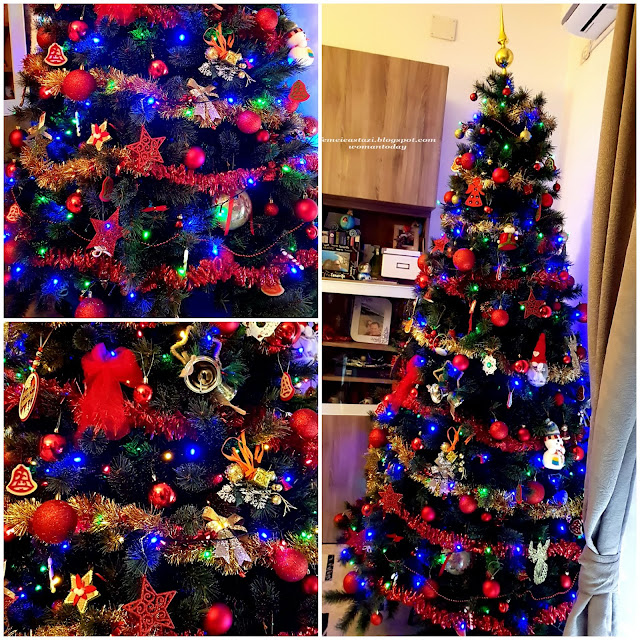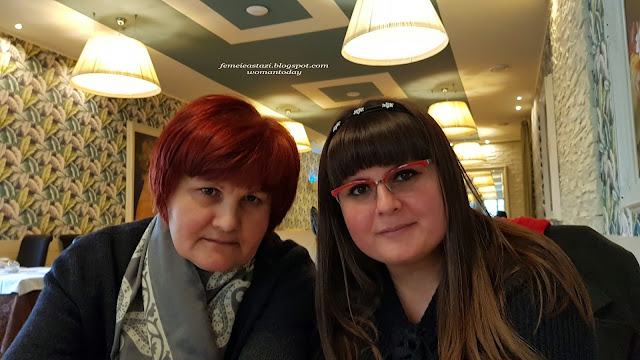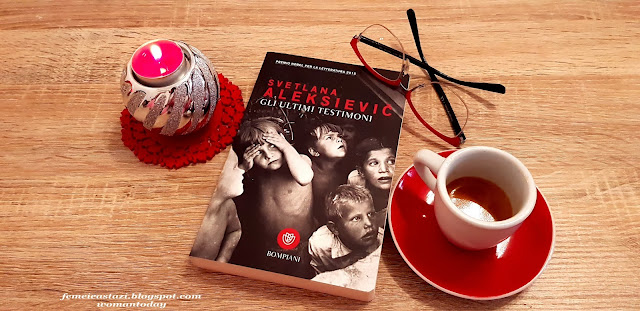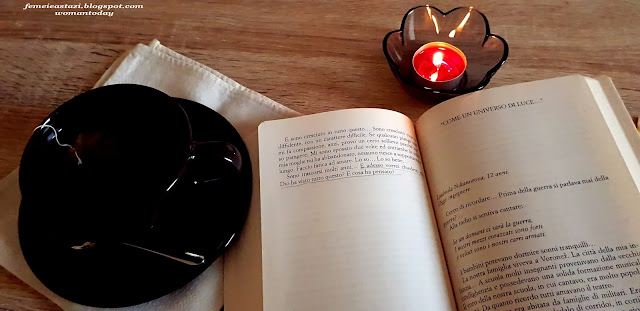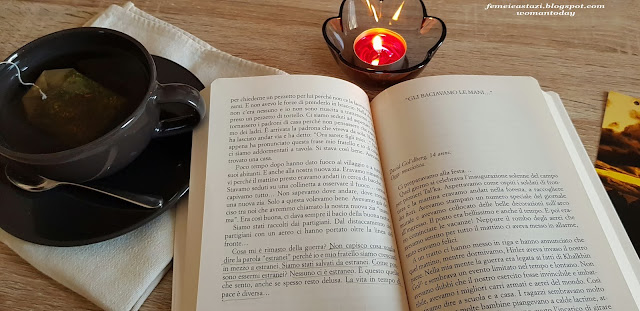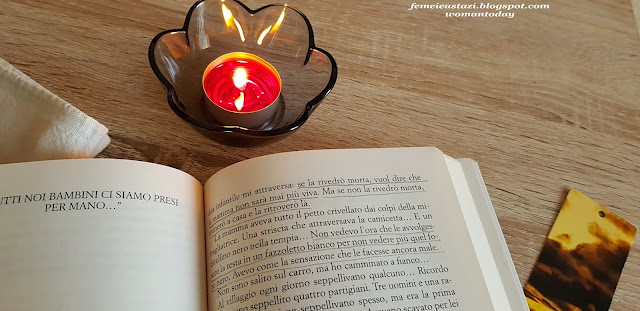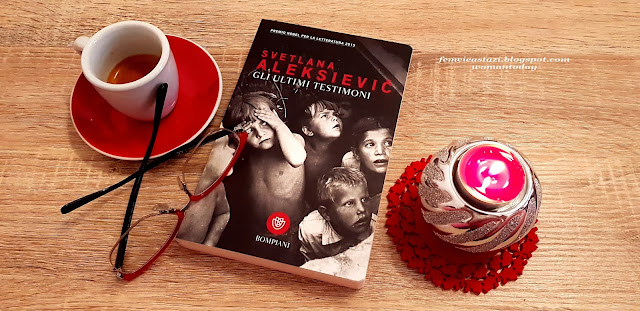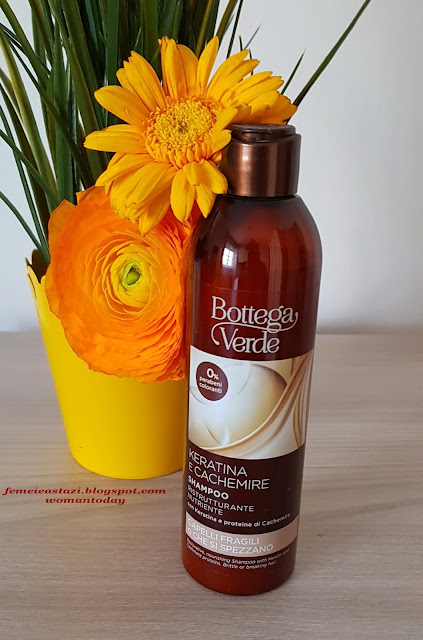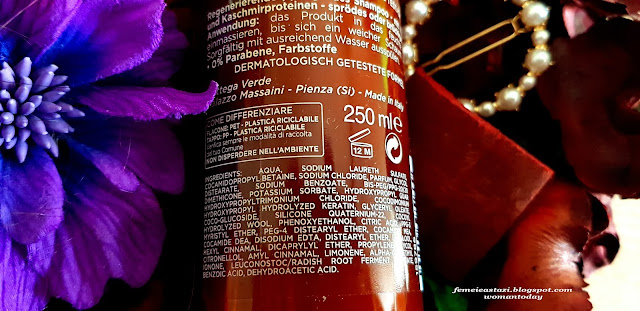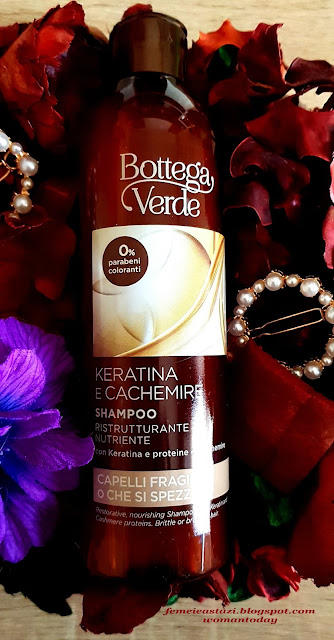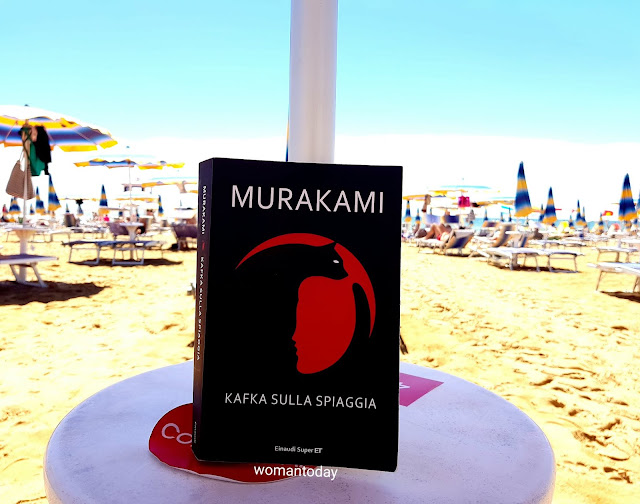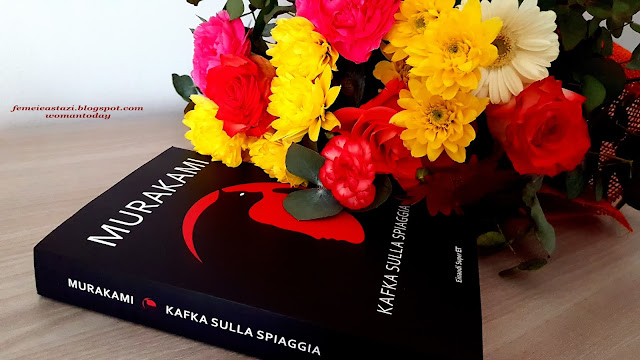Carissimi lettori e amici,
È arrivato finalmente il momento di condividere con voi le cose belle che ho vissuto questo mese. Prima di tutto, voglio dire che il mese corrente è stato un mese ricco di cose belle per me al pari del mese scorso e non vedo l'ora che arrivi Dicembre nella speranza che mi porti delle altre cose altrettanto belle.
Come prima cosa bella che voglio condividere con voi è il fantastico albero di Natale che abbiamo addobbato in attesa delle feste natalizie. Abbiamo sempre avuto un'albero di Natale di dimensioni regolari ma quest'anno mio marito mi disse che era ora di prendere uno più grande. E cosi, abbiamo comprato un'albero alto 2 metri e 30 centimetri che mio marito e una persona che per il momento non rivelo ancora, hanno accuratamente addobbato sotto le mie direttive. Ovviamente abbiamo comprato anche qualche addobbo in più, altre luci e altre ghirlande ma come potete vedere, il risultato merita decisamente lo sforzo.
ENGLISH
Dear readers and dear friends,
The time has finally come to share with you the beautiful things I experienced this month. First of all, I want to say that the current month has been a month full of beautiful things for me like last month and I am looking forward to December in the hope that it will bring me other equally beautiful things.
The first beautiful thing that I want to share with you is the fantastic Christmas tree that we have decorated in anticipation of the Christmas holidays. We've always had a regular sized Christmas tree but this year my husband told me it was time to get a bigger one. And so, we bought a tree 2 meters and 30 centimeters tall that my husband and a person who for the moment I do not reveal yet, have carefully decorated under my directives. Of course we also bought some more decorations, other lights and other garlands but as you can see, the result is totally worth the effort.
Un'altra cosa bella relativa a questo mese che avevo condiviso in anteprima con qualcuno di voi, è che durante le ferie autunnali, sono riuscita a fare un piccolo viaggio in montagna, a Livigno per esattezza dove sin dall'inizio mi aspettava un stupendo paesaggio invernale. Siccome questo post si chiama solo cose belle, vi farò vedere solo le cose belle di questo momento ma forse qualcuno intuirà che ci sono stati anche dei contrattempi o ostacoli senza che io li nominassi. Certo che svegliarsi al mattino con un simile panorama o viaggiare e arrivare subito ad essere circondato dalle nuvole può mettere su un secondo piano qualsiasi problema.
ENG: Another nice thing about this month that I had shared a preview with some of you, is that during the autumn holidays, I was able to take a little trip to the mountains, to Livigno to be exact where a wonderful wintwer landscape awaited me already. Since this post is called only beautiful things, I will show you only the beautiful things of this moment but perhaps someone will understand that there have also been setbacks or obstacles without me naming them. Of course, waking up in the morning with such a view or traveling and immediately being surrounded by clouds can put any problem in the backround.
Poi come ultima cosa bella che condivido con voi e che non ho condiviso sui social perché volevo conservare la sorpresa e la cosa più bella per questo post, è il fatto che ho rivisto finalmente mia madre dopo circa 3 anni nei quali ci siamo sentite solo al telefono e viste solo su Whatsapp. Avete dunque indovinato chi è stata la persona misteriosa ad aiutarci con i preparativi natalizi?
ENG: Then as the last nice thing that I share with you and that I have not shared on social networks because I wanted to keep the surprise and the best thing for this post, is the fact that I finally saw my mother again after almost 3 years in which we heared ourselves only on the phone and saw each other only on Whatsapp. So have you guessed who was the mysterious person who helped us with the Christmas preparations?
Con queste ultime parole io vi saluti e mi auguro che anche voi abbiate vissuto tante cose belle e vi ricordo che con questo post ho aderito all'iniziativa Solo Cose Belle di Fiore sul suo blog Casalinga per caso. Se siete curiosi di scoprire tante altre cose belle, passate e visitate anche il suo meraviglioso blog. Baci e abbraci!
ENG: With these last words I greet you and I hope that you too have experienced many beautiful things and I remind you that with this post I joined the initiative Solo Cose Belle di Fiore on her blog Casalinga per caso. If you are curious to discover many other beautiful things, pass by and also visit his wonderful blog. Hugs and kisses!
#solocosebelle #onlybeautifulthings
Disclaimer e premesse / Disclaimer and premises
IT: Questo post non ha scopi commerciali e non incoraggia vendite, denominazioni, immagini ed eventuali link presenti sono solo a scopo informativo. Questo post è di mia completa creazione per quanto riguarda contenuti, foto e idee espresse. Prima di usare qualsiasi parte di questo post siete pregati di contattarmi e nel caso vi abbia ispirato per altre creazioni, chiedo cortesemente di menzionare la fonte.
ENG: This post has no commercial purposes and does not encourage sales, names, pictures and eventual links are present only for an informative purpose. This post is of my entire creation as for contents, photos and expressed ideas. Before using any part of it, you need to contact me and in case it inspired you for other creations, I gently ask you to mention the source.
